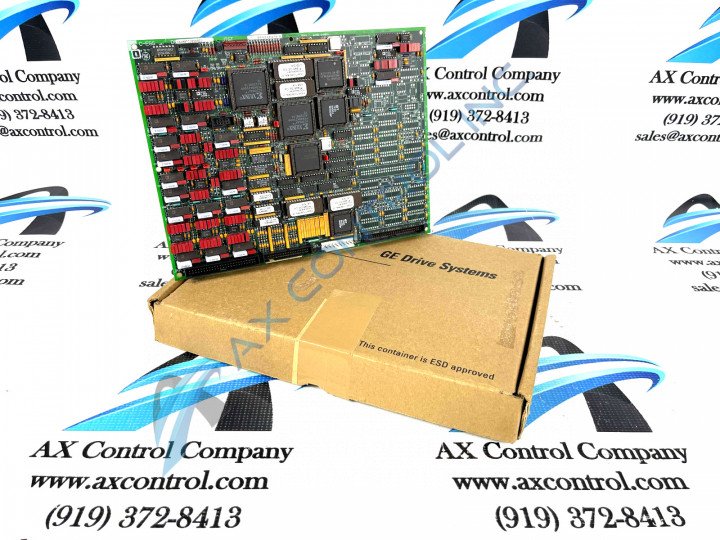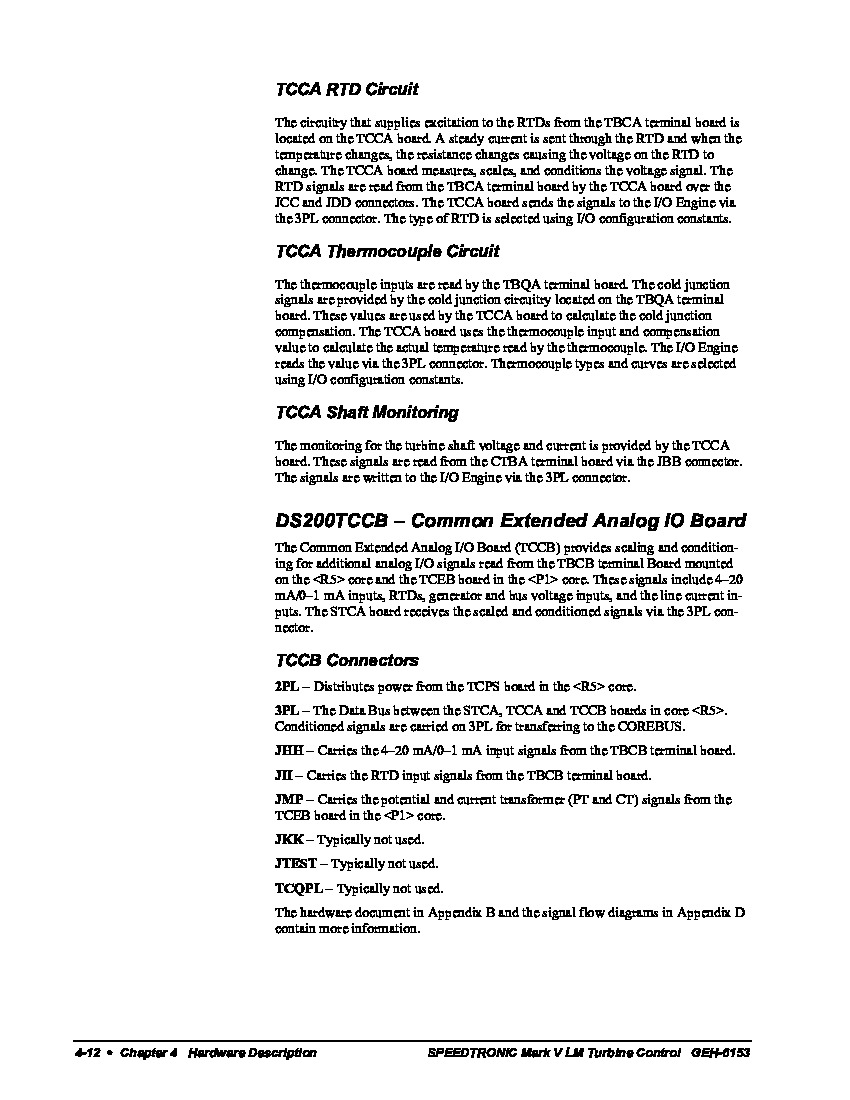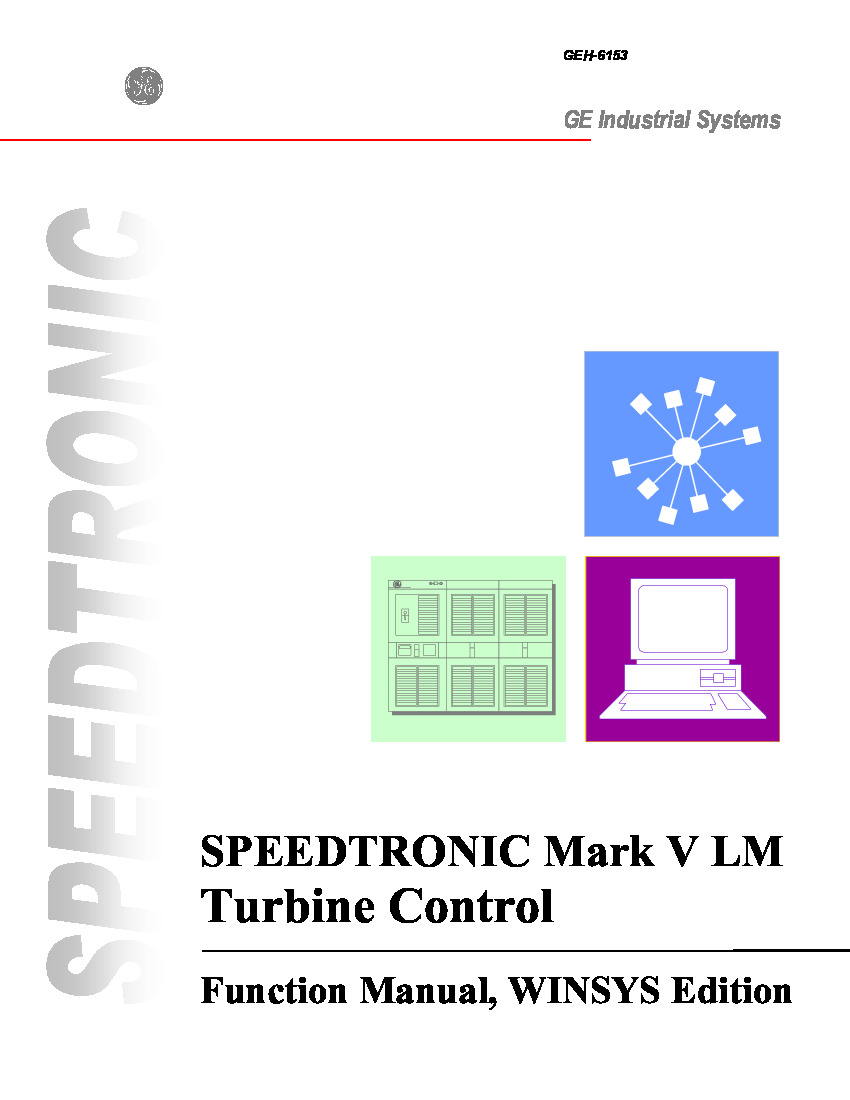About the DS200TCCBG8B
This DS200TCCBG8B General Electric printed circuit board product offering was originally devised and developed to exist within the greater General Electric Mark V Series, which has specific applications in the control and management systems of compatible wind, steam and gas turbine automated drive assemblies. The DS200TCCBG8B printed circuit board or PCB for short's Mark V Turbine Control System Series is one of the final General Electric Mark Series to feature their patented Speedtronic control system technology in most of its products. While this is true of the Mark V Series, the Mark V is considered a legacy series as its manufacture has been discontinued by its original retailer in the years following its initial release. This DS200TCCBG8B printed circuit board is truly better-definable as a Common Extended Analog IO Board; its official functional product description that appears in original Mark V Series instructional manual materials. While this DS200TCCBG8B printed circuit board product offering is more than definable as a Common Extended Analog IO Board in its own right, it is not the original Mark V Series product offering with this functionality; that would be the DS200TCCBG8 parent printed circuit board missing this DS200TCCBG8B product's B-rated functional product revision.
Hardware Tips and Specifications
Model DS200TCCBG8B is a Common Extended Analog I/O Board produced by General Electric for the Speedtronic Mark V series; given this specific intended functionality, it necessitates its own series of hardware components and component specifications. When operating within the R5 core, the location of that DS200TCCBG8B model is in the third location of the core; it will be used to provide conditioning and scaling functions for additional analog I/O signals. The additional analog signals come from the 4-20 mA and RTD Input Terminal Module (TBCB) from the R5 core, with the other signals coming from the Protective Termination Expander Board (TCEB) located in the P1 core of the greater Mark V Series automated drive assembly. Some of the signals included with this DS200TCCBG8B IO Board are bus and generator voltage inputs and line current inputs. When the DS200TCCBG8B model has completed the conditioning and scaling of the model, the signals will be sent to the Turbine Communication Board (STCA) through this DS200TCCBG8B device's 3PL connector. Several integrated circuits have also been adopted into the assembly of this DS200TCCBG8B product offering for various voltage limitation purposes, including the TCCB 4-20 mA Input Circuit, the TCCB RTD Circuit, and the TCCB Generator/Bus Voltage and Current Input Circuits, which all have specific Mark V Series assembly functionalities as described in the DS200TCCBG8B instructional manual attached above.
As mentioned above, the DS200TCCBG8B model will send the appropriate signals through its connectors. There are eight connectors used with the TCCB model. These connectors are labeled as JMP, JTEST, TCQPL, JKK, JII, JHH, 2PL, and 3PL. All of the connectors have individual functions to aid in the operation of the DS200TCCBG8B model. The JMP connector on the TCCB model is used to carry potential and current transformer signals from the TCEB board that is used in the P1 core. This connector is just one of many; for the remaining connector functions refer to chapter four page twelve of the GEH-6153 Instruction Manual. The TCCB model can condition and scale RTD inputs, when these inputs have been conditioned and scaled properly rather than being sent to the STCA model the RTD signals will be sent to the I/O engine, also through the 3PL connector. The RTD type can be selected through the I/O configuration constants. Before making a final purchase decision on this DS200TCCBG8B printed circuit board, it is important to truly understand its existence as a modified version of the original DS200TCCBG8 Common Extended Analog I/O Board. This DS200TCCBG8B PCB's B-rated functional product revision almost certainly has edited this device's originally-introduced performance specifications and dimensions from their base-revised statuses.















